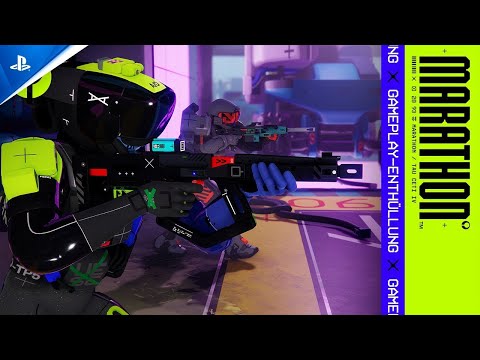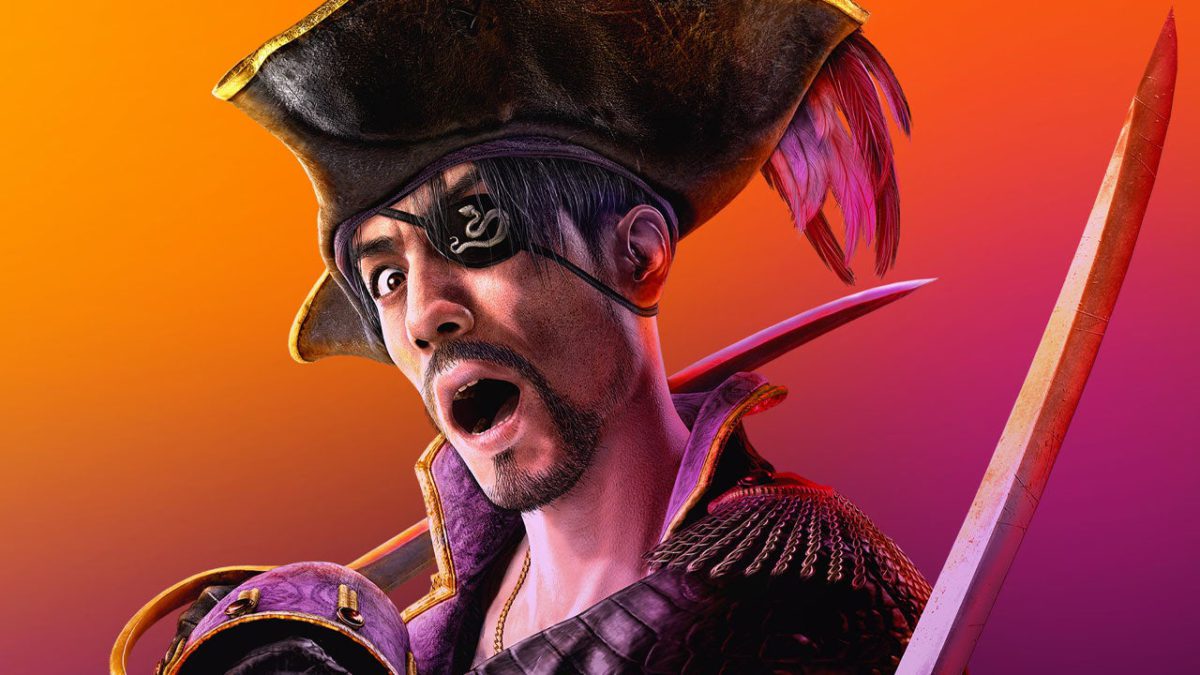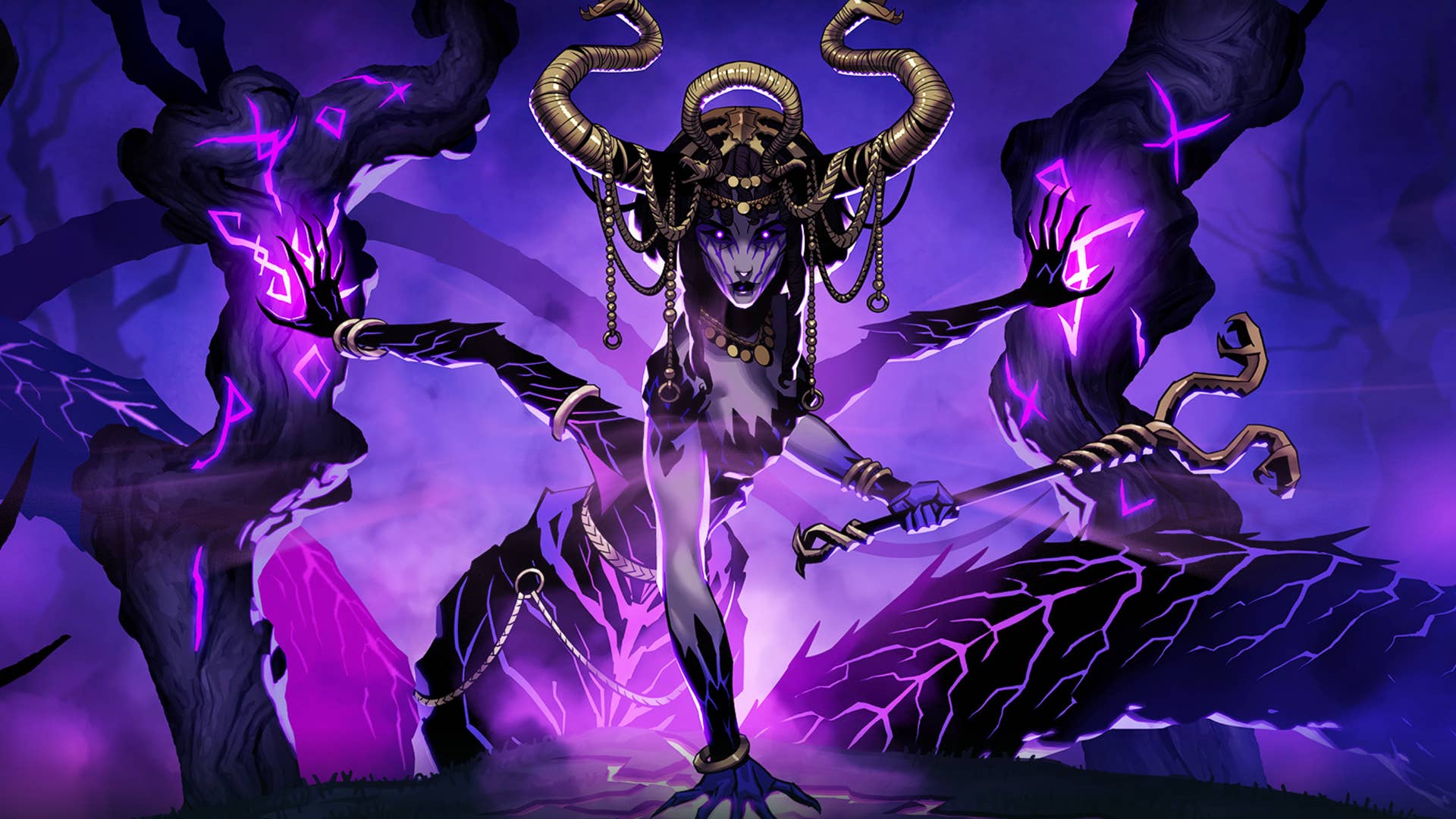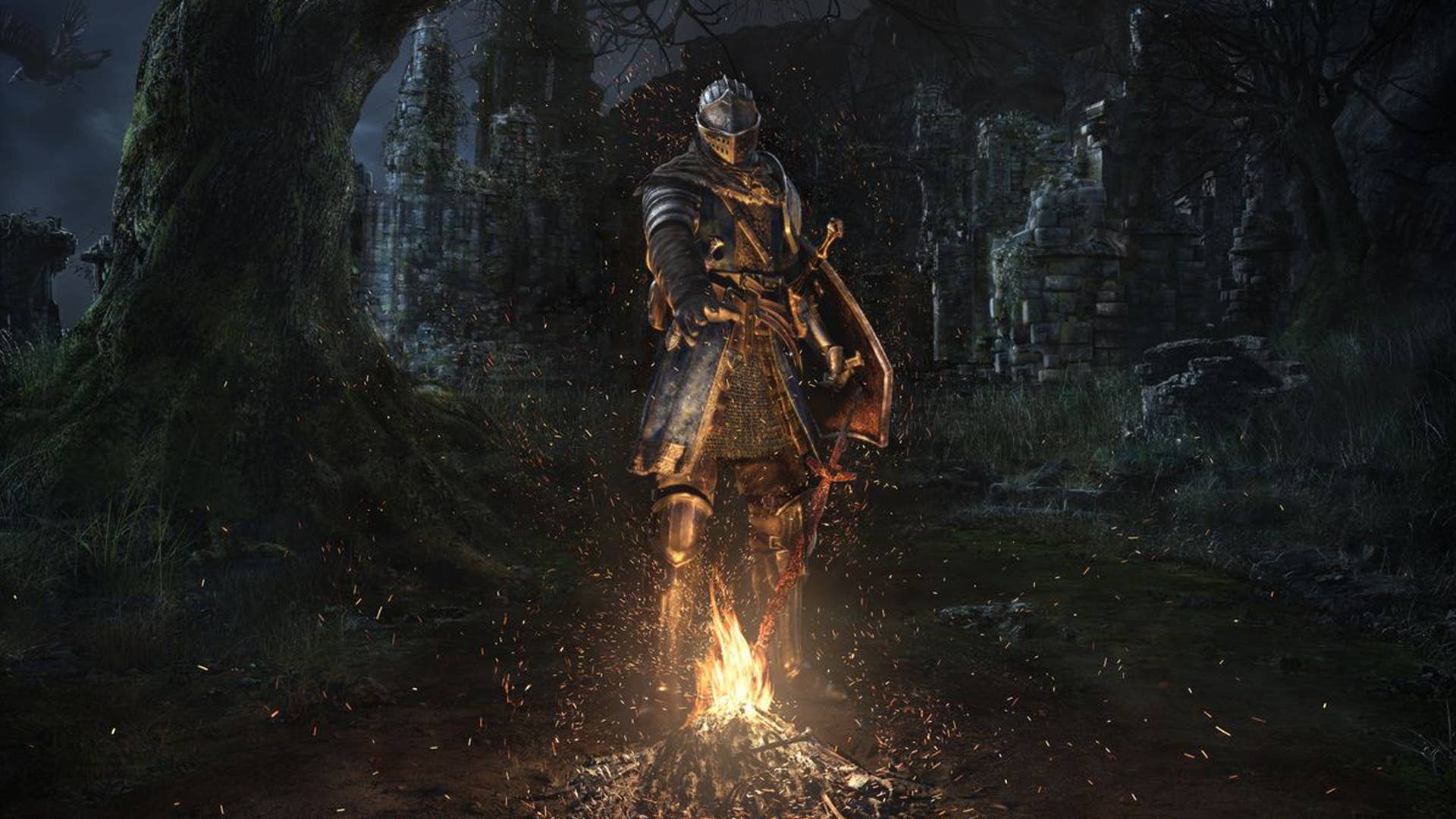What happened to the ghost colony on Tau Ceti IV and the infamous Marathon ship that started it all? Decades after the original Marathon trilogy, the Bungie development team is ready to dive back into the world of Tau Ceti IV in their upcoming team-based extraction shooter, Marathon. The game launches on PS5, Steam, and Xbox Series X|S on September 24.
Today we’ll be covering some of the highlights from the live Marathon Gameplay Reveal Showcase. For all the details, you can watch the livestream here.

A deadly competition
In Marathon, players work together in crews of three to scavenge the remnants of the lost colony on Tau Ceti IV. In their search for the powerful weapons and equipment left behind, they’ll face AI security forces, otherworldly threats, and rival Runner teams competing for loot.
Death is part of the journey—it’s a cutthroat world, and it’s not possible to survive every expedition. But every time you make it out alive, you get to keep everything you scavenged, which means you’ll grow in power and fill your vault across matches.
You’re only ever one run away from your next big score.
For your first look at gameplay, check out the Gameplay Reveal Trailer debuted in today’s livestream.

Enjoy your new shell
At the heart of Marathon are Runners.
Runners are cybernetic mercenaries who’ve given up their human form for biosynthetic shells. They’ve sacrificed a piece of their humanity for a slice of immortality that allows their consciousness to be transferred upon death.
In Marathon, you’ll choose from a roster of Runners with unique abilities, stats, and styles. While each Runner brings their own flare, they’re also a foundation for you to customize your playstyle. To do so, you’ll collect implants and other equipment during your runs that you can use to augment your Runner and dial them into how you want to play.
“For example, Glitch is all about agility, movement, and going fast. You can lean into this style harder by stacking implants and upgrades that reduce heat build-up and allow you to keep running, jumping, and sliding longer before having to cool down,” says Kevin Yanes, Senior Design Lead.
“There are also rare items that can really push the boundaries like Prestige Cores. Glitch has one that will upgrade her double jump to a triple jump, giving you a lot of maneuverability in the air.”
Combined with Bungie’s best-in-class gunplay and a wide range of weapons to loot, you can flex your Runner into multiple different playstyles.
Learn more about Runners (and more) in the new Gameplay Overview Trailer.

Returning to Tau Ceti
The original Marathon series released in the 1990s established a foundation for experiential storytelling that’s become a hallmark for Bungie games.
“The interweaving of narratives, events, and characters in the original trilogy delivered a world of discovery, wonder, and misdirection,” says Narrative Leader Jonathan Goff.
Players were challenged to engage with the stories they encountered on their own terms, either as passive observers or active investigators into computer terminal tidbits and other environmental clues.
“We’re embracing this approach to expand and explore what’s known about the worlds of Marathon through a new lens—the eyes of Runners, who are stepping into the world of Tau Ceti IV and Marathon to uncover the secrets hidden in the wake of the original trilogy’s events,” says Goff.
How and where Marathon overlaps, and sometimes clashes, with the original games is a story that’ll unfold over time. And just like those classic games, the truths, lies, and consequences of Tau Ceti’s mysteries will be placed in the hands of players to own, consider, and debate.
“At the end of the day, our goal with Marathon is not to tell a story, but to build worlds in which stories can and will unfold,” says Goff.
Experience the world of Tau Ceti for yourself in the cinematic short debuted as a final surprise in today’s showcase. Written and directed by the award-winning Alberto Mielgo, director of the “The Witness” and “Jibaro” in Love, Death & Robots.

Shape the future of Marathon
Bungie has been working with players and creators since early in Marathon’s development—the earliest Bungie has ever invited players into a game. Even before entering production, players were testing early prototypes and providing feedback that shaped the next builds.
Hearing player’s thoughts early and often has made Marathon better in ways big and small.
“When we first started playtesting, maps acted more like a persistent world,” says Game Director Joe Ziegler. “So you could drop in and out of the same map server instance multiple times. But we heard this made matches feel unfair and unpredictable, like someone could just be camping spawns forever, or the loot you were going for could’ve already been taken.”
“After hearing this feedback, we moved to the design we have today, where each match is a fresh start for everyone. This consistent starting point means you and your teammates can better strategize before each run, and then you can race enemy teams to fight for the loot you’re looking for,” says Ziegler.
With Marathon now revealed, it’s time to expand playtests so Bungie can continue development alongside players’ feedback.
“We’re beyond excited to invite more players into Marathon and to hear what they think,” says Ziegler. “Plus we have so much more to share in the weeks and months ahead. The journey is really just getting started.”
You can sign up for your chance to play in this month’s Closed Alpha Test by joining the community Discord.
Marathon launches September 24 on PS5, Steam, and Xbox Series X|S.






